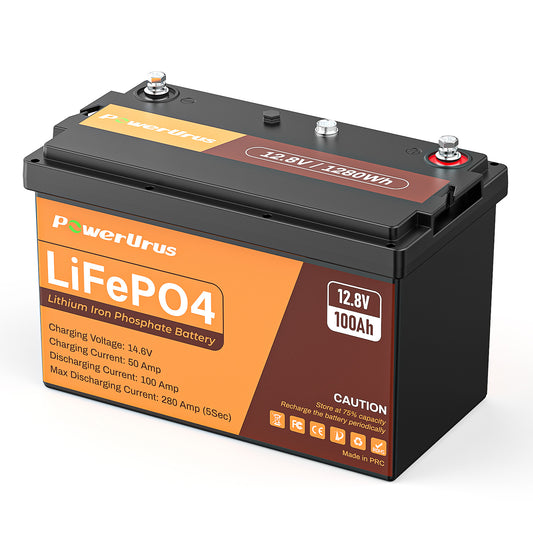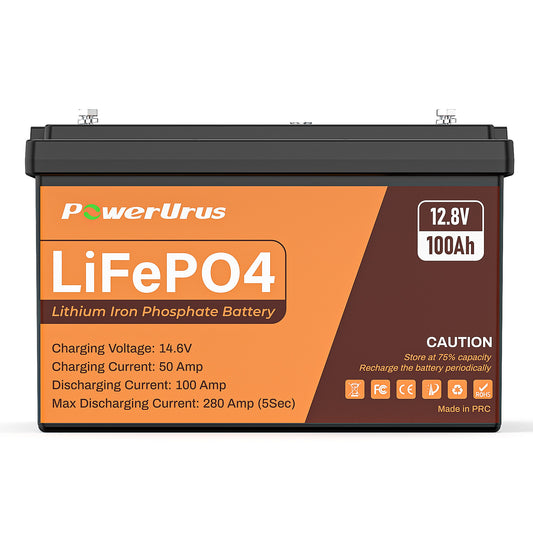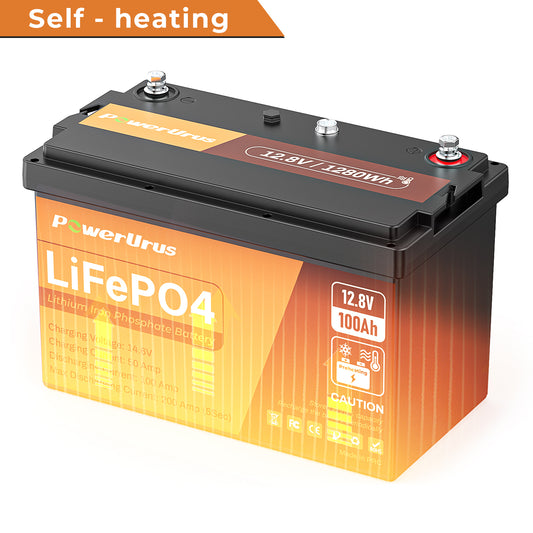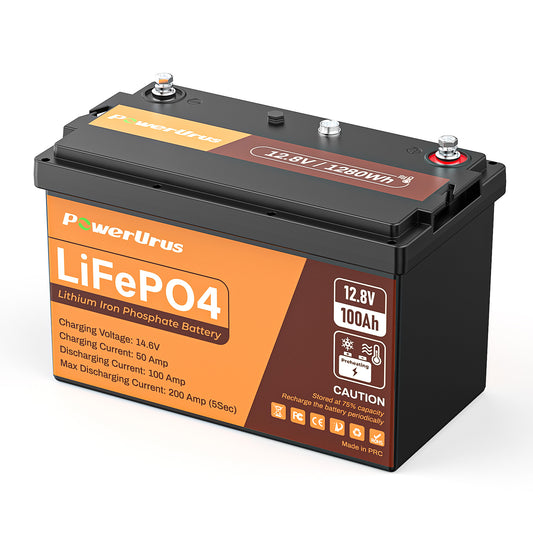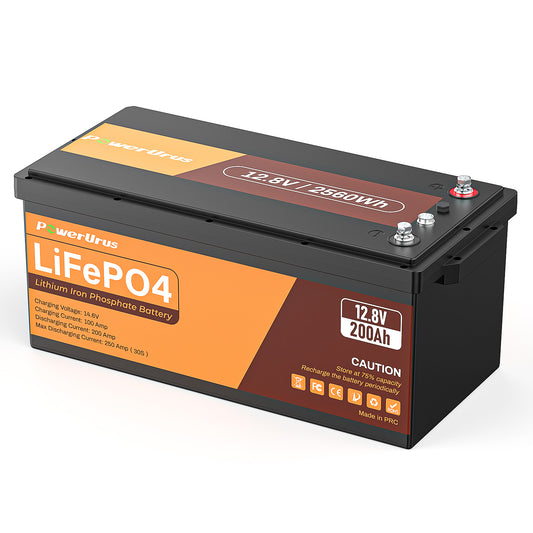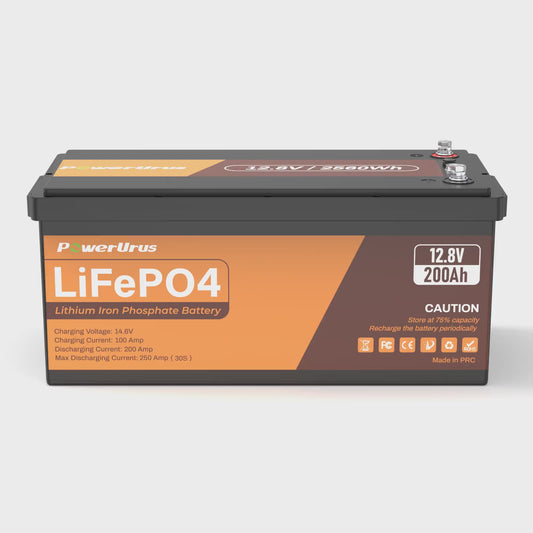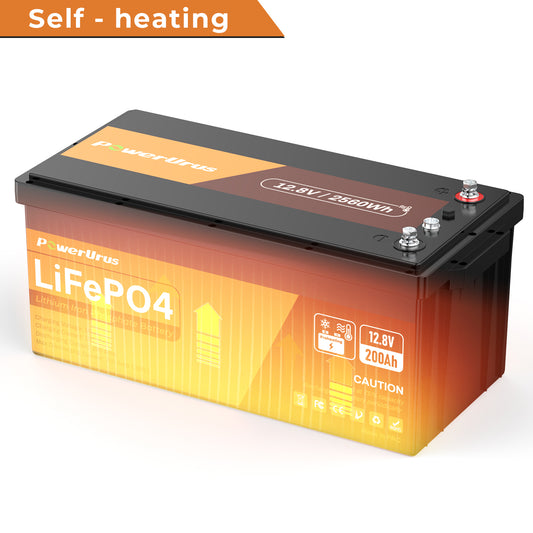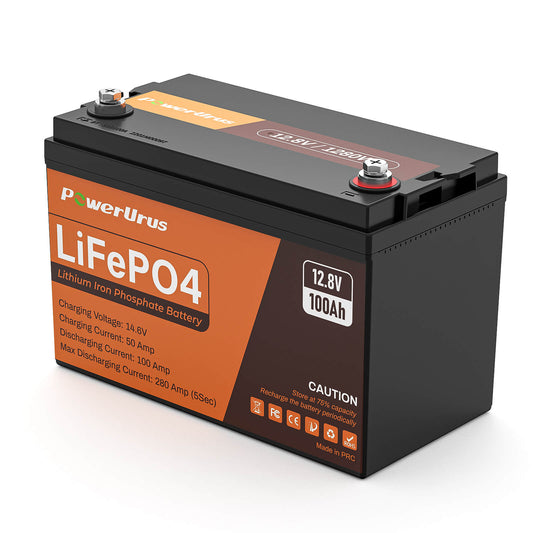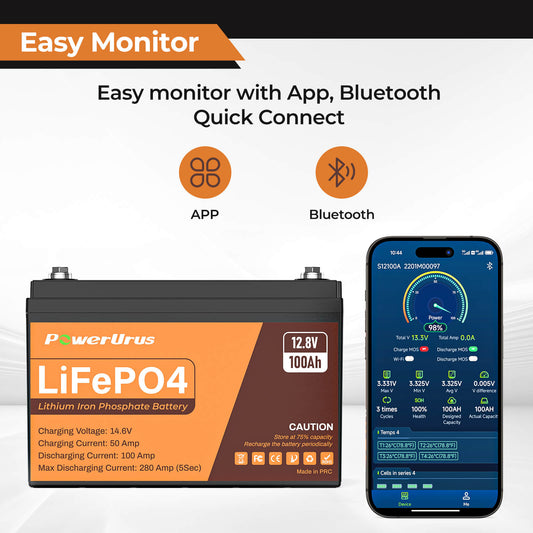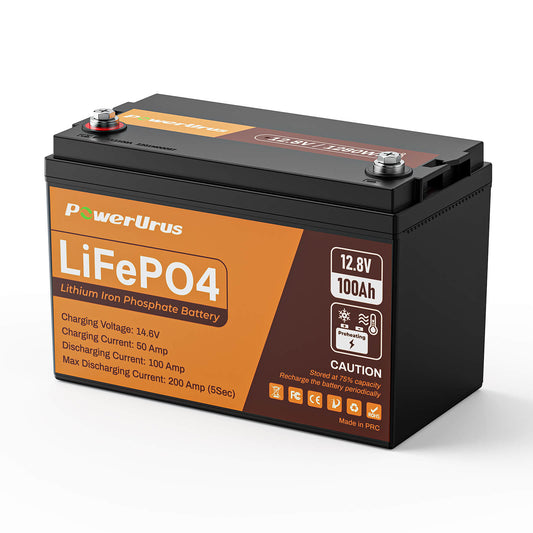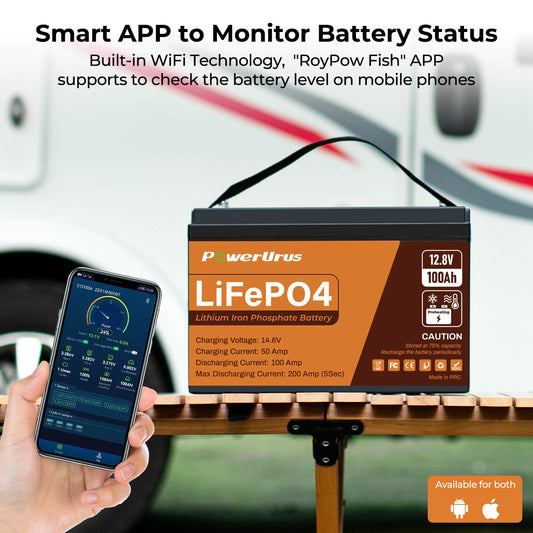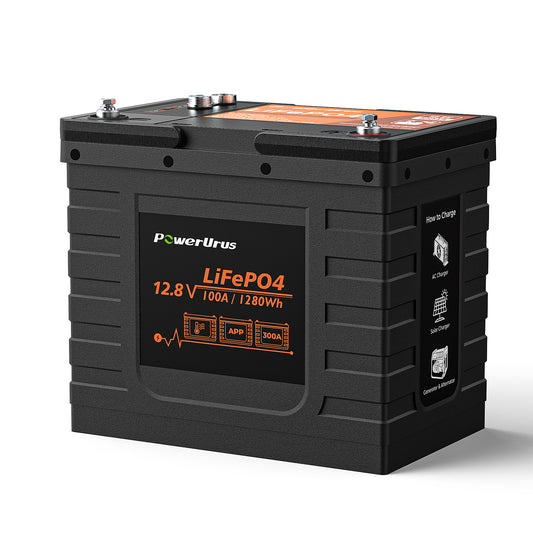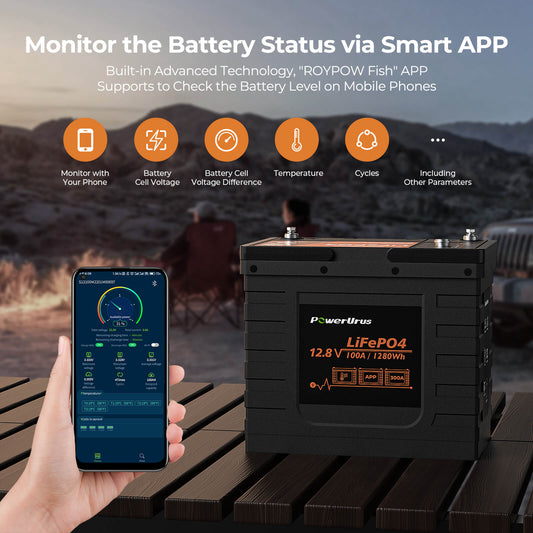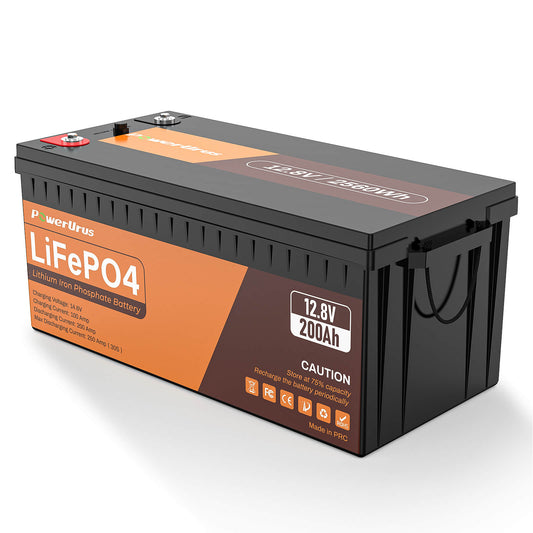Will a Trickle Charger Charge a Dead 12V LiFePO4 Battery?
A trickle charger might revive a dead 12V lithium iron phosphate (LiFePO4) battery, but caution is critical. Unlike lead-acid batteries, LiFePO4 chemistry has strict voltage requirements, and improper charging risks permanent damage. Here’s what you need to know:
Can a Trickle Charger Work?
Yes, if compatible: Only use a trickle charger explicitly designed for LiFePO4 batteries. Standard trickle chargers for lead-acid batteries typically output 13V–13.8V, which is too low to fully charge LiFePO4 (requires 14.2V–14.6V).
No, if deeply discharged: If the battery voltage drops below 10V, its internal BMS (Battery Management System) may disconnect it for safety. A trickle charger cannot reactivate the BMS—you’ll need a LiFePO4-specific charger with a “wake-up” function.
Steps to Safely Try a Trickle Charger
Check voltage with a multimeter. If above 10V, proceed.
Verify charger compatibility: Ensure it supports LiFePO4 (labeled on the device).
Connect correctly: Attach red (+) to positive terminal, black (-) to negative.
Monitor closely: A healthy LiFePO4 battery should reach 14.6V when fully charged. Stop if the charger feels hot or the battery swells.
When to Avoid Trickle Chargers
Voltage below 10V.
Physical damage (leaks, bulging).
Charger lacks LiFePO4 voltage profiles.
Better Alternatives
LiFePO4 smart charger: Automatically adjusts voltage/current for safe charging.
Solar + MPPT controller: Pair panels with a lithium-compatible charge controller.
Jump-start with caution: Use a LiFePO4-compatible booster, but only as a last resort.
Final Tip: To prevent dead batteries, store LiFePO4 at 50% charge and avoid full discharges. Always prioritize a charger designed for lithium chemistry to maximize lifespan and safety!

